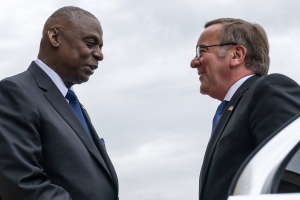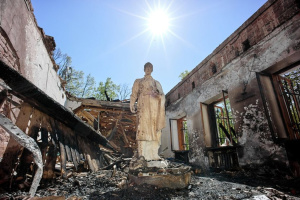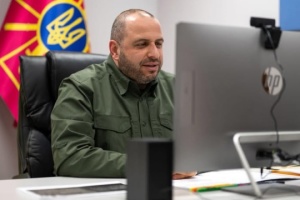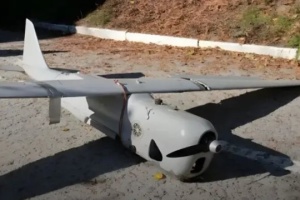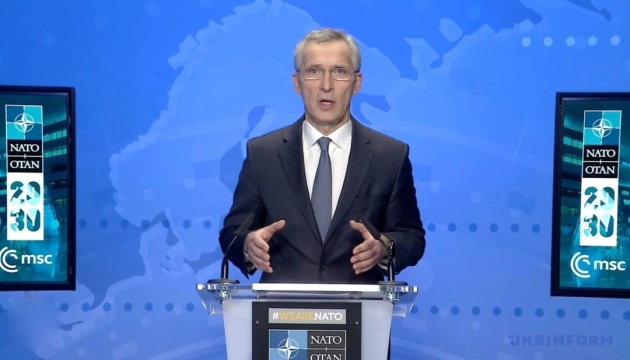
Stoltenberg on Russian troops near Ukraine: We have not seen any de-escalation so far
He said this at a press conference in Brussels on Tuesday, February 15, ahead of a two-day meeting of NATO defense ministers, according to an Ukrinform correspondent.
"So far, we have not seen any de-escalation on the ground from the Russian side. Over the last weeks and days we have seen the opposite. A continued military build-up with more troops, more battlegroups, more high-end capabilities, artillery, air defense missiles and a lot of support elements that makes it possible for Russia to move into Ukraine for full-fledged invasion or a more limited military incursion with hardly any warning time at all. That picture has not changed so far," Stoltenberg said.
He said that since last spring, Russia has been moving forces around but that doesn't represent a real de-escalation. "And we've also seen that sometimes they move into a position with combat-ready troops and a lot of heavy equipment. And then they take out some of, or perhaps even most of, the troops but they leave the equipment behind. And then they can very quickly reinforce and move all the people back, all the troops back again if needed," he said.
"The movement of forces, the movement of Russian capabilities doesn't represent real de-escalation, but we will monitor, we will follow what they are doing. And of course, we call on them to de-escalate, to withdraw troops because the Russian military build-up in and around Ukraine is unprecedented, not only with a high number of combat-ready troops, but all the support, all the combat enablers, they need to actually conduct a full-fledged invasion of Ukraine and with all these forces, all these capabilities in place, Russia can conduct an invasion of Ukraine with very little or hardly any warning time at all," Stoltenberg said.
op

